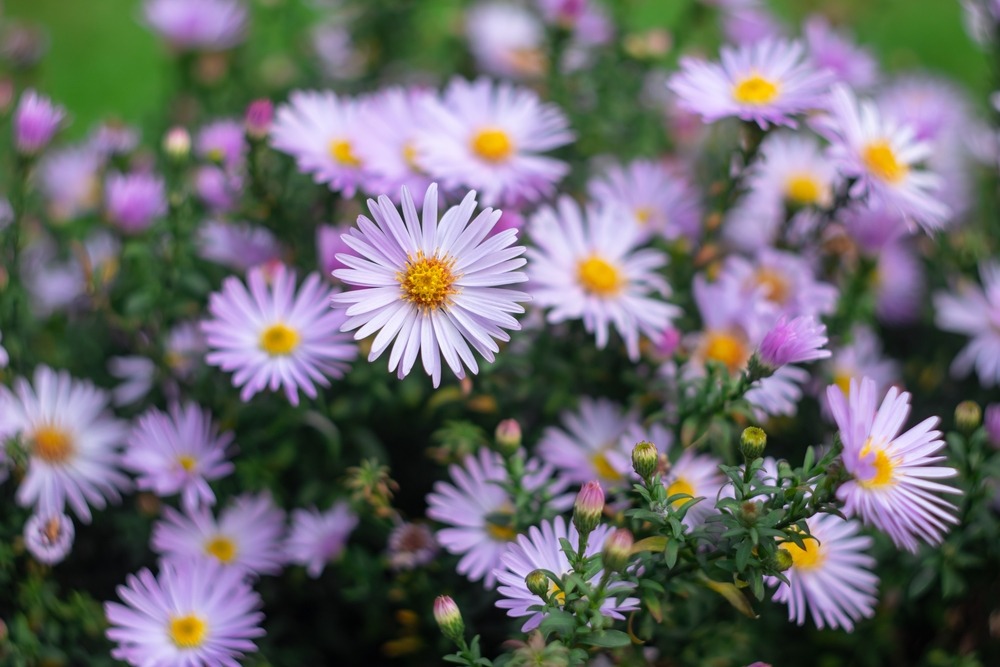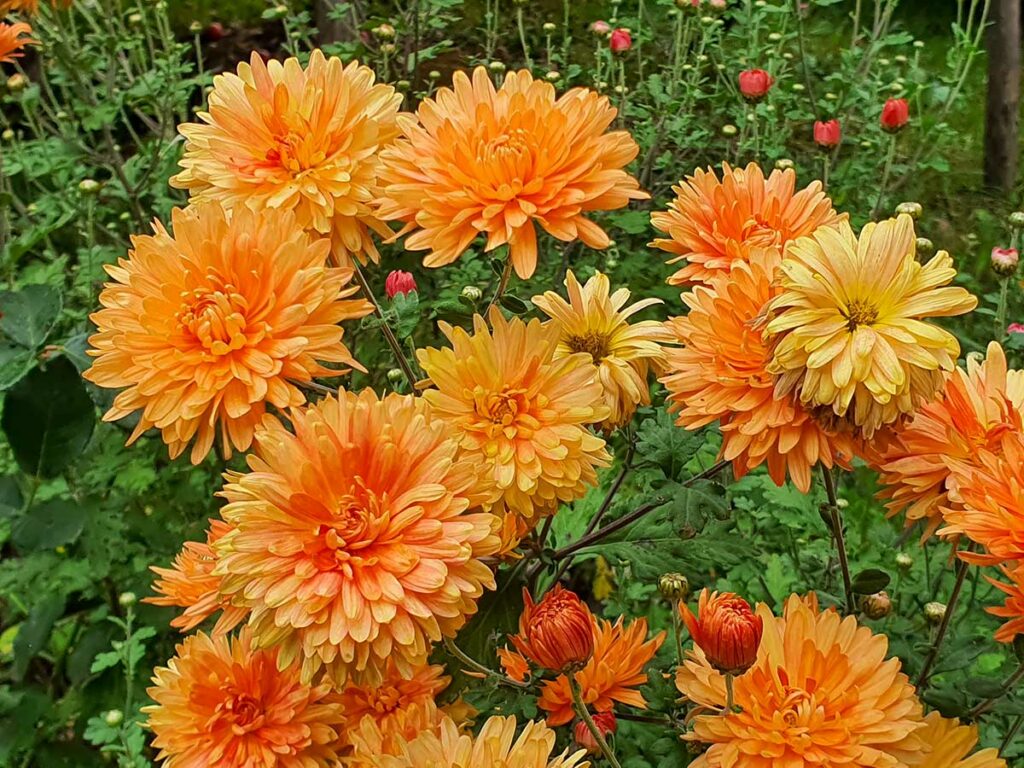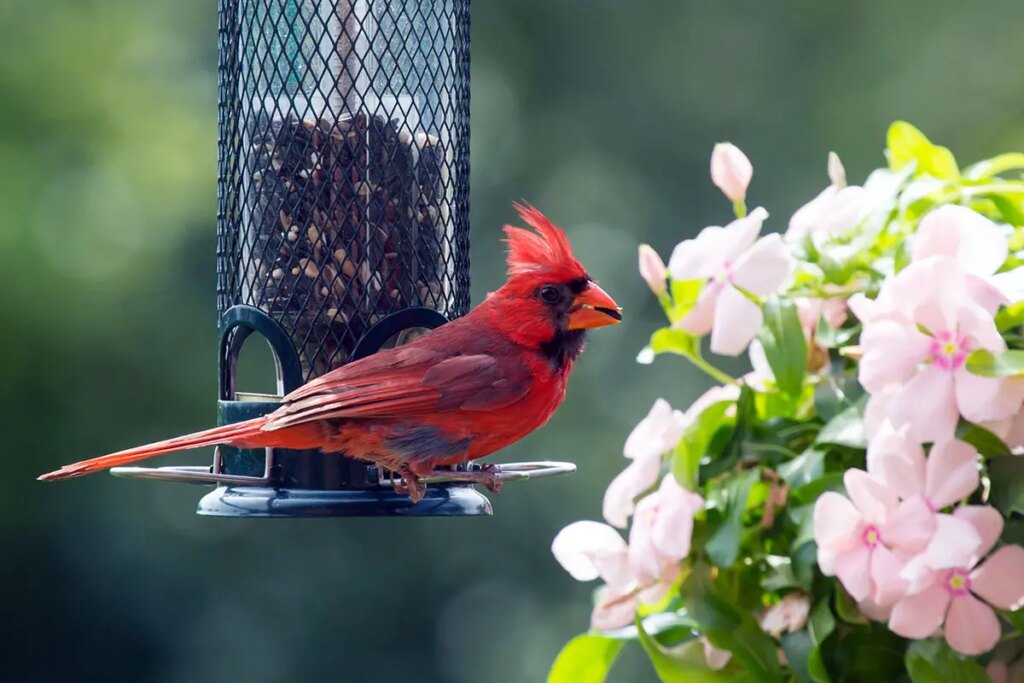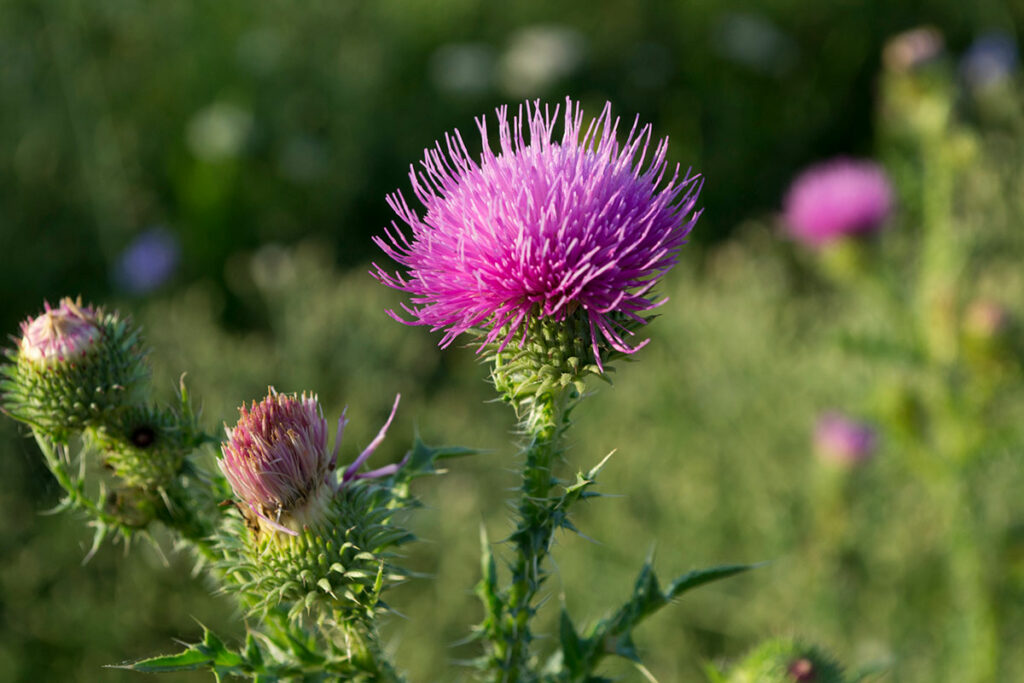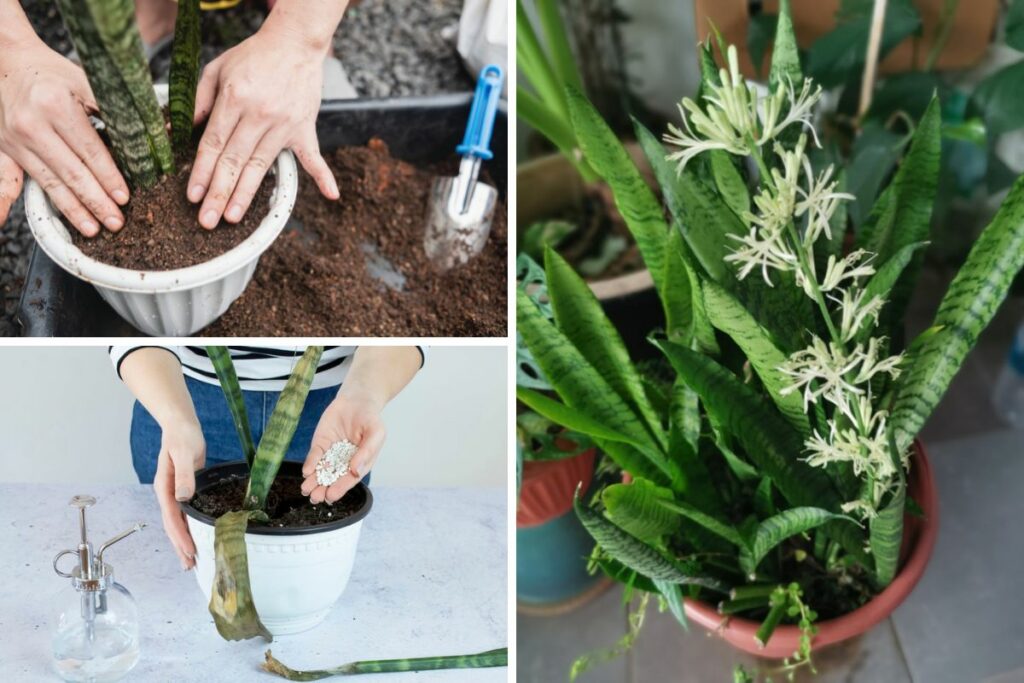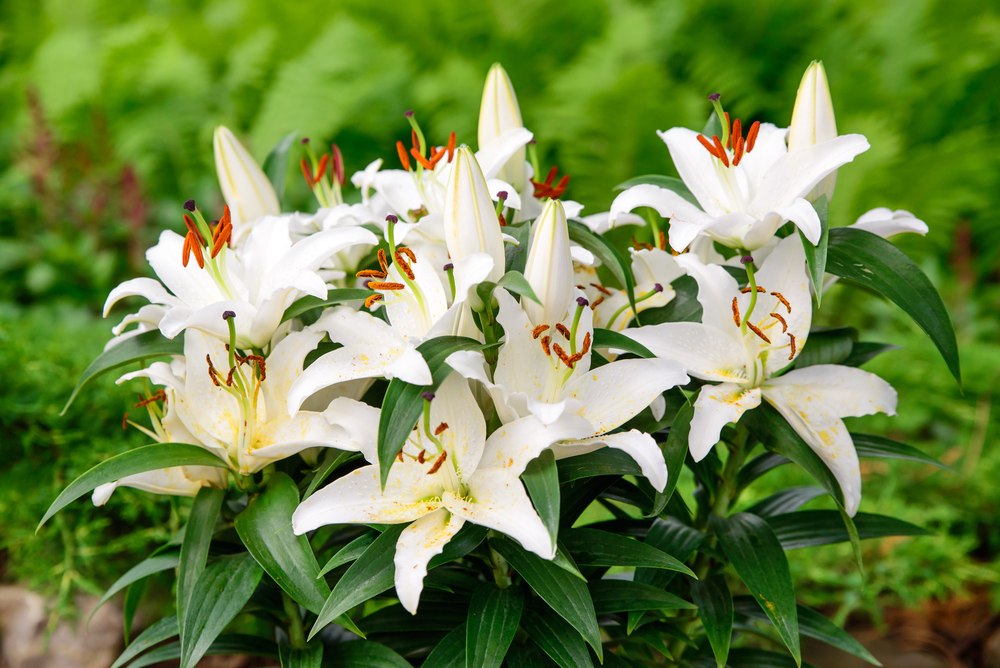
Lilies are a popular and elegant choice for many gardeners, known for their stunning appearance and delightful fragrance.
These perennials are relatively low-maintenance, but in order to ensure their continued health and beauty, it is essential to occasionally divide the plants.
Knowing when to divide lilies is crucial, as it can improve their overall performance and vigor, create new plants for you to enjoy, and prevent overcrowding within your garden.
The ideal time to divide lilies usually depends on the particular variety and the climate within your region.
As a general rule of thumb, the best time to divide them is during their dormant period, typically in late fall or early spring.
Dividing lilies during dormancy allows the plants to recover and allocate energy towards producing new growth and blooms for the upcoming season.
It is important to keep an eye on your lily plants for signs that they may require division. Some common indications include reduced bloom quantity, smaller flowers, or diminished foliage growth.
These signs may suggest that the plants are becoming overcrowded and require some attention.
By learning when to divide your lilies and keeping a watchful eye on their overall health and appearance, you can ensure a thriving, beautiful garden for years to come.
Understanding Lily Division
Dividing lilies is a gardening task that helps promote vibrant growth and ensures a healthy, flourishing plant. There’s no need to feel overwhelmed, as we will walk you through the process in a friendly manner.
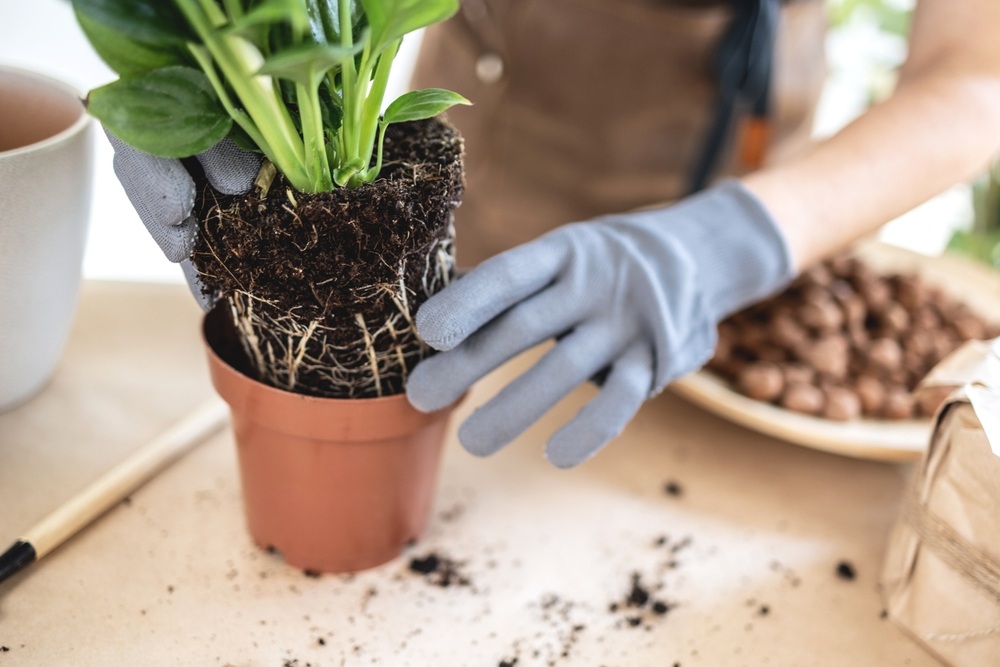
The best time to divide lilies is during their dormant period. This typically occurs in the fall or early spring. Remember, it is essential to allow your lilies to complete their annual life cycle before dividing them. Doing so will enable the bulbs to store enough energy to grow healthy and strong after division.
Dividing your lilies can improve several aspects of your plant:
- Better blooming: Overcrowded bulbs may compete for nutrients, impacting the number and size of blooms. Division can help optimize the space and resources needed for each bulb.
- Plant health: Dividing lilies can help prevent diseases and pests from spreading. Giving each bulb enough space means they’ll be less susceptible to fungal diseases and insect infestations.
- Propagation: Division allows you to increase the number of lily plants in your garden or share your beautiful plants with friends and family.
Now let’s talk about some simple division steps for your lilies:
- Carefully dig up the lily clump using a gardening fork or spade, taking care not to damage the bulbs.
- Gently shake off any excess soil from the bulbs, making it easier to see where to separate them.
- Observe for natural divisions among the bulbs, and gently separate them by hand. You can also use a sterile, sharp knife to divide bulbs if they are tightly clustered.
- After dividing, replant the bulbs in a well-draining, fertile soil mix at the recommended depth for your specific lily type.
- Water the newly planted bulbs thoroughly, and continue to provide appropriate care throughout the growing season.
By understanding when and why to divide your lilies, you will be well-equipped to maintain a beautiful, thriving garden for years to come.
Best Time to Divide Lilies
Dividing lilies is an essential part of their care, ensuring they remain healthy and vigorous. Knowing the ideal time to divide your lilies can greatly impact their growth and appearance.
Seasonal Factors
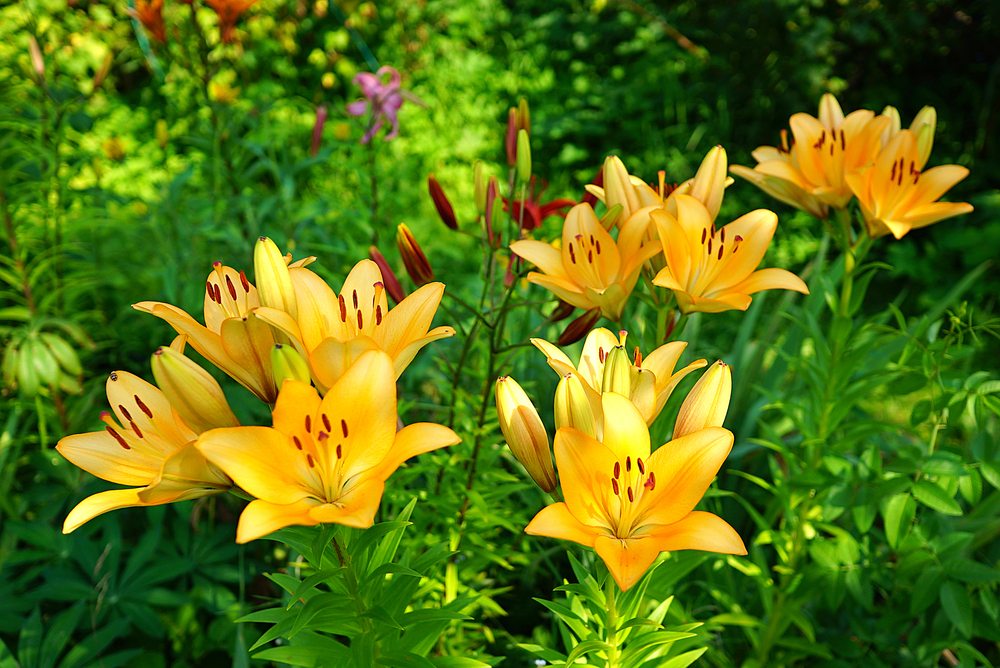
When considering seasonal factors, early spring or late fall is the best time to divide your lilies. In the spring, divide them just before they start to grow. In fall, it is essential to divide them after the foliage has died down but before any severe frost sets in. Be attentive to your local climate and adjust the timing accordingly.
- Early Spring: Lilies have ample time to establish roots before putting energy into producing flowers.
- Late Fall: Lilies can focus on root growth over the winter months, preparing them for a healthy bloom in the following spring.
Lily Growth Stage
In addition to the season, it is crucial to observe the growth stage of your lilies. Look for signs that your lilies need division, such as overcrowding, a decline in blooming, or smaller flowers.
- Overcrowding: If the lilies are tightly packed together, this may cause limited room for growth and impact their overall health.
- Decline in Blooming: Notice a decrease in the number of flowers? It may be an indicator that it is time to divide and provide each plant enough space to flourish.
- Smaller Flowers: When your lilies start to produce smaller than usual flowers, division may be necessary for rejuvenation.
Remember to divide your lilies during the appropriate seasons and when specific growth indicators are present. This will help promote optimum growth and an abundance of beautiful blooms.
Why Divide Lilies
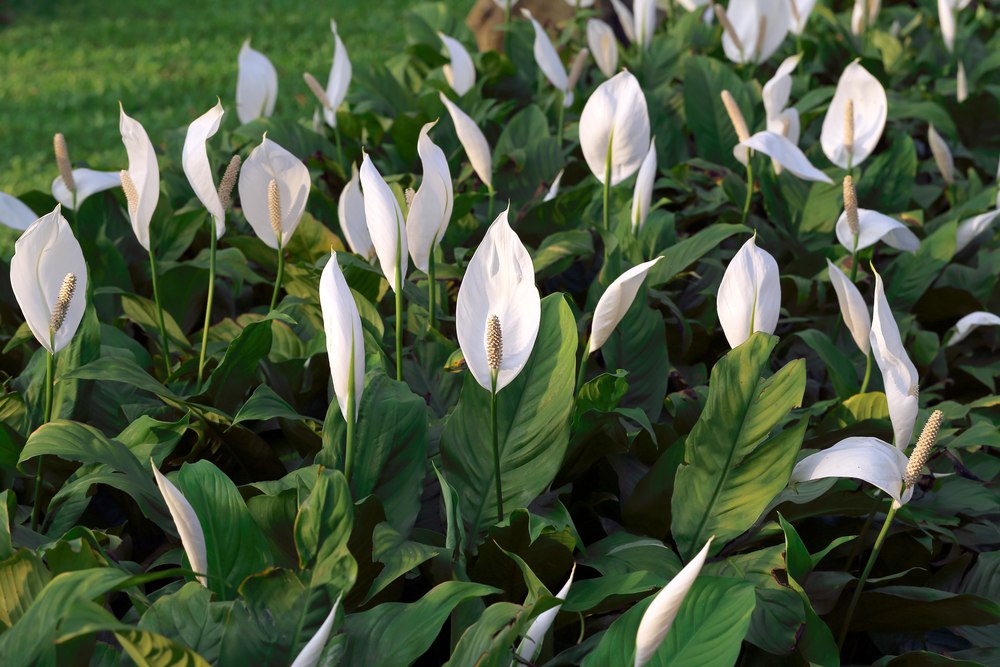
Dividing lilies is an important gardening task that offers several benefits for both the plants and the gardener. In this section, we will explore the reasons for dividing lilies, focusing on health maintenance and propagation.
Health Maintenance
Dividing lilies can help maintain their overall health and vigor. Over time, lily bulbs may become crowded, which can lead to a decrease in flower production and make the plants susceptible to diseases or pests. Dividing the bulbs allows for:
- Improved air circulation and nutrient availability for the remaining bulbs.
- Easier detection and removal of diseased or damaged bulbs.
- Prevention of competition for resources among the bulbs, leading to better growth and more blooms.
Propagation
Another benefit of dividing lilies is that it provides an opportunity for propagation. By separating the bulbs, gardeners can:
- Create new plants to expand their garden or share with others.
- Maintain a genetic line of lilies with desirable qualities, such as specific colors, shapes, or fragrances.
- Promote faster flowering in young bulbs by providing them with more space and resources.
In summary, dividing lilies is a beneficial practice for maintaining the health of the plants and promoting their propagation. It is an essential task for any lily enthusiast looking to enjoy the beauty of these captivating flowers for years to come.
How to Divide Lilies
Dividing lilies is an essential practice to maintain the health and appearance of your garden. It can encourage more vigorous growth and the production of beautiful blooms. In this section, we will discuss the tools needed and provide a step-by-step process for dividing lilies.
Tools Needed
Before you begin, gather the following tools:
- Garden gloves
- A trowel or garden fork
- A sharp knife or pruning shears
- A bucket or container for the divided lilies
- Watering can or hose
Step By Step Process
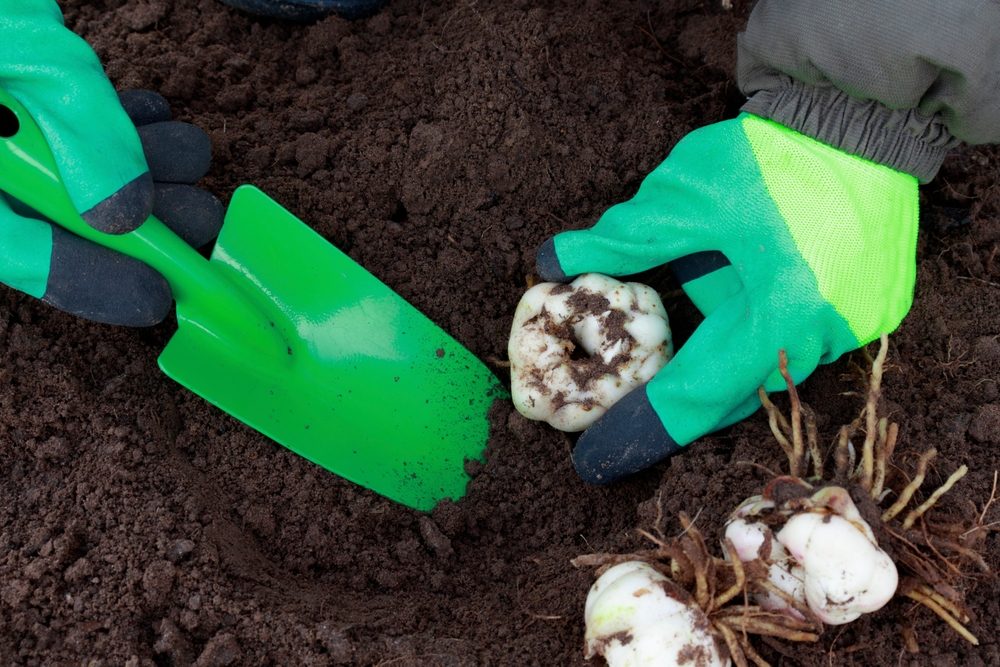
- Choose the right time: The best time to divide lilies is in the early spring or late autumn. This allows the plants to recover and establish themselves before the active growing season begins.
- Prepare the area: Water the lily bed thoroughly a day before you plan to divide the lilies. This will make the soil easier to work with and minimize stress on the plants.
- Dig up the clump: Using a trowel or garden fork, carefully dig up the entire clump of lilies. Be sure to dig deep enough to avoid damaging the roots.
- Separate the bulbs: Gently separate the individual lily bulbs by hand or with a sharp knife or pruning shears if necessary. Be careful not to cut too close to the base of the bulbs.
- Examine the bulbs: Discard any bulbs that appear diseased, damaged, or too small. Healthy bulbs should be firm and without visible signs of rot or damage.
- Replant the bulbs: Space the healthy bulbs about 8-12 inches apart in the garden bed. Be sure to plant them at the same depth they were previously growing. This is usually about three times the height of the bulb.
- Water and care: Water the newly planted bulbs thoroughly, and continue to provide regular care according to their specific needs. Within a few weeks, you should notice new growth and enjoy beautiful blooms in the coming seasons.
Common Mistakes to Avoid
Dividing lilies can be an essential aspect of maintaining a thriving and healthy garden. However, there are a few common mistakes that often get in the way of successful lily division. Being aware of these mistakes and how to avoid them is key to dividing your lilies effectively.
Watering incorrectly is a frequent issue when it comes to lily division. Lilies require a healthy balance of moisture; overwatering can cause root rot, while underwatering may lead to wilted or drooping plants. Make sure to water your lilies adequately, allowing the soil to dry out slightly between waterings but not completely.
Another common mistake is dividing at the wrong time. The best time to divide your lilies is during their dormant season, typically in the late fall or early spring, when the plants can more easily recover from the stress of being divided. Avoid dividing lilies during the peak growing season, as it can potentially harm the plant’s health.
Planting divisions too shallow or too deep is another pitfall to avoid. When you’re replanting the lily divisions, be sure to plant them at the appropriate depth. Generally, plant the bulb three times its height below the soil surface. This ensures that the divisions have the proper space for growth and are not susceptible to issues caused by improper planting depth.
It is essential to avoid overcrowding the lily divisions. Overcrowded lilies can compete for nutrients, water, and sunlight, leading to poor growth and overall plant health. When replanting the divisions, be sure to space them appropriately, allowing enough room for each plant to grow and thrive.
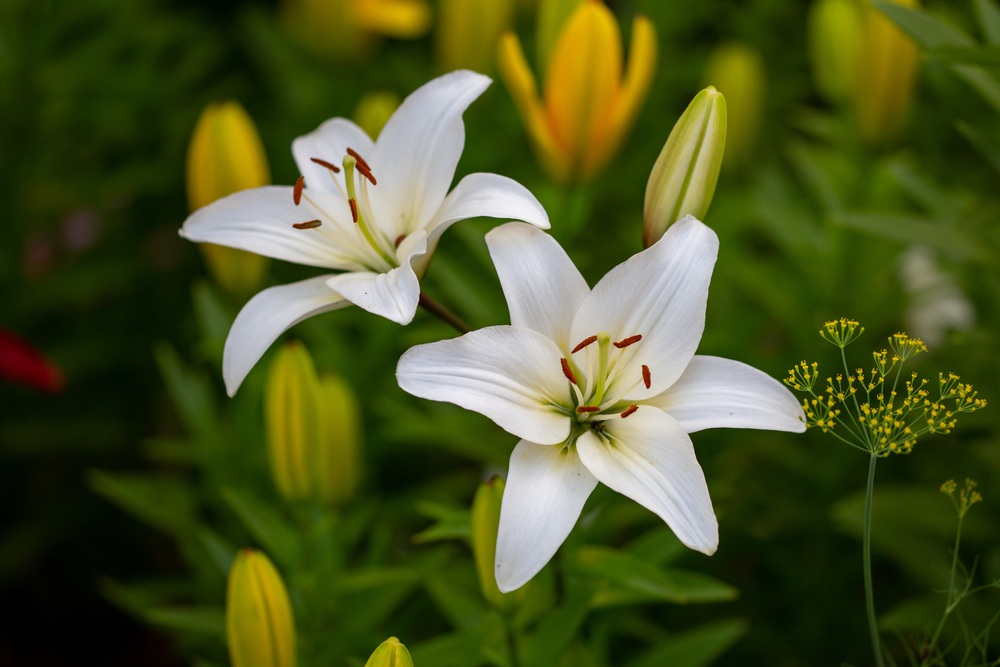
In conclusion, by avoiding these common mistakes when dividing lilies, you can ensure that your lily plants remain healthy and continue to flourish in your garden. Remember to water appropriately, divide at the right time, plant divisions at the correct depth and prevent overcrowding for optimal results.
Additional Care After Division
After you have divided the lilies, here are some additional care tips that will help the plants thrive in their new environment.
First, ensure proper watering for the newly divided lily plants. They require more water in the initial weeks after division to establish their root systems. Make sure to keep the soil evenly moist, but not waterlogged, as this can lead to root rot.
Next, consider fertilizing the lilies. A balanced, slow-release fertilizer can help promote growth and encourage beautiful blooms. New plants can benefit from nutrients such as 10-10-10 (a fertilizer containing 10% nitrogen, 10% phosphorus, and 10% potassium).
Here are some key points to remember when caring for divided lilies:
- Mulching: Spread 2-3 inches of organic mulch around the base of your plants to help maintain moisture, prevent weeds, and regulate soil temperature. Common options are shredded bark, leaf mold, or compost.
- Sunlight: Ensure the lilies receive at least 6 hours of direct sunlight per day for optimal growth and blooming. It is important to note that some lily varieties can tolerate partial shade but overall, sunlight is crucial.
- Support: Adding support stakes or cages to taller lily types can prevent them from falling over due to heavy blooms or strong winds.
Remember to routinely check for pests and diseases that might affect your lilies. Common issues include aphids, red lily beetles and fungal diseases like those causing leaf spots or root rot. Early detection and treatment can help protect your plants and maintain their overall health.
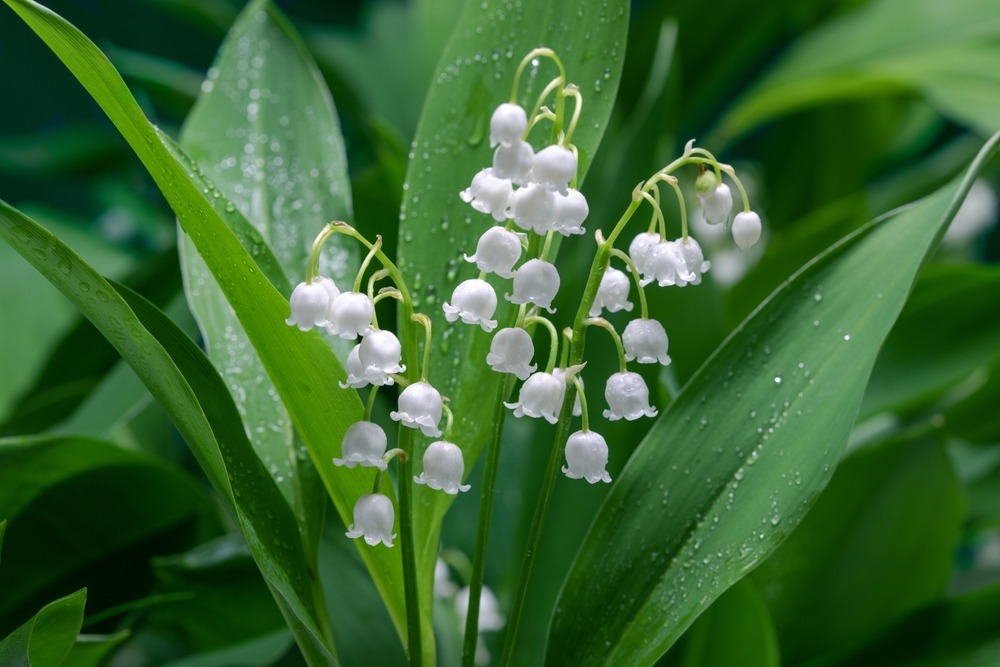
In conclusion, proper care after dividing lilies is essential for helping them adjust and flourish in their new environment. By following these tips and dedicating attention to their needs, you can expect beautiful, healthy lilies for years to come.









